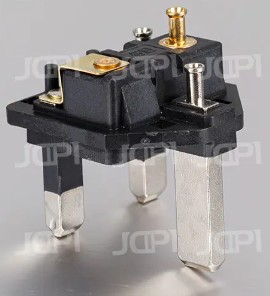Power plug refers to the device that devices such as electrical appliances are connected to power supply. Power sockets and plugs vary in shape, class, size and type depending on the country and region. Every country has standards set by the government. The power plug is also called the power cord plug, and the English is power plug. Used in various fields, in various countries. Depending on the purpose of the power plug, the power cord plug can be used at 250V, 125V, and 36V, and can be used at 16A, 13A, 10A, 5A, and 2.5A depending on the current. The frequency is generally 50/60Hz.
Power plugs can be roughly divided into conversion power plugs, injection molding power plugs and assembly power plugs.
Converting power plug: The power plug standard of each country is different. For example, the power plug in China cannot be used after arriving in the United States. You must need a conversion plug to complete the conversion. This requires a conversion of the power plug. Converting the power plug is to convert a national standard plug into another national standard power plug.
Injection-molded power plug: Injection-molded plug means that the plug and wire are pressed together by high temperature and high pressure. Once formed, it cannot be assembled and disassembled. The characteristics of such a power plug are obvious, stable and safe. More than 80% of the power plugs that are generally circulated in the market are of this type.
Assembling the power plug: Assembling the plug means that the power cord and the plug are fixed together by screws, etc., but they can be assembled and disassembled during use, which ensures the flexibility of the power plug. For example, a large proportion of the British market is using this kind of assembled power plug.
Power plugs can generally be divided into 2-pin power plugs, 3-pin power plugs and multi-pin power plugs.



 English
English Deutsch
Deutsch














